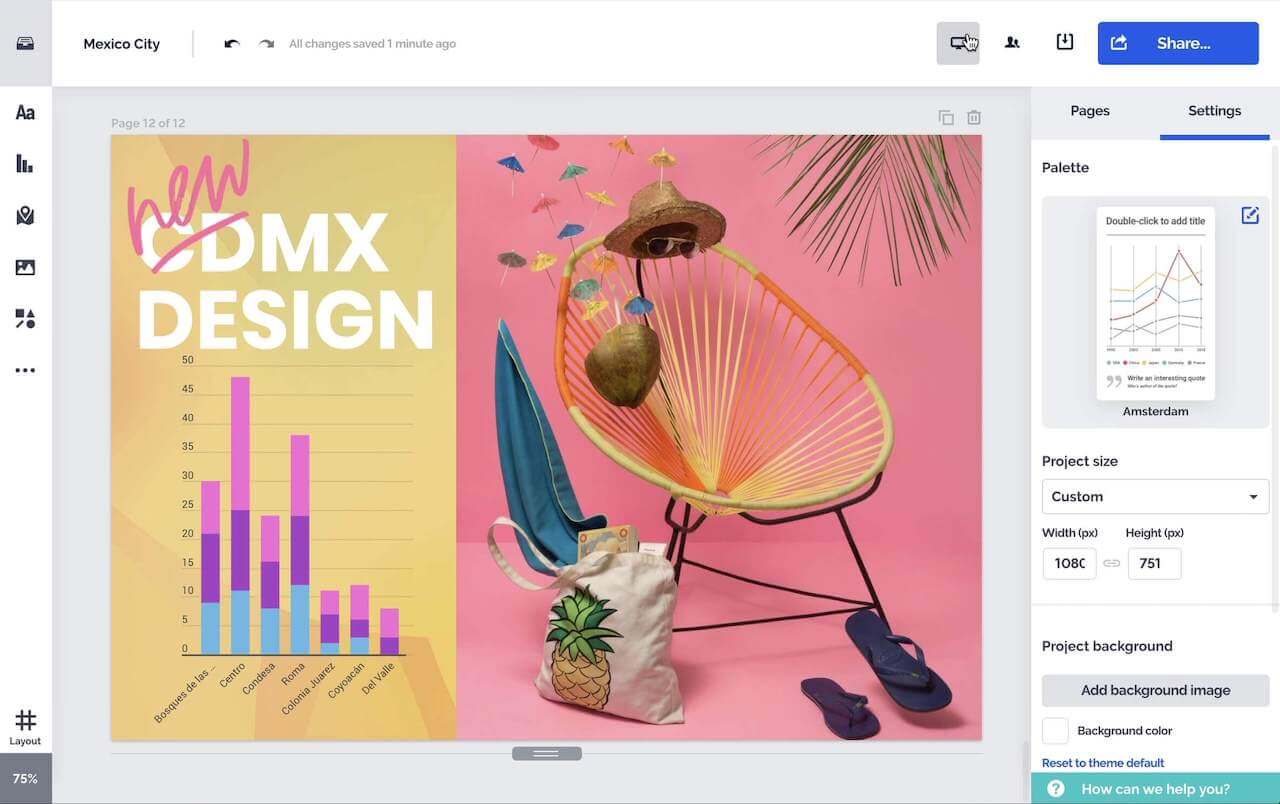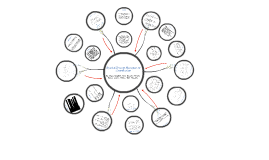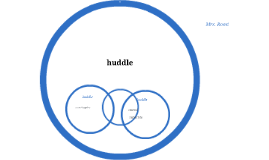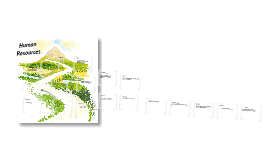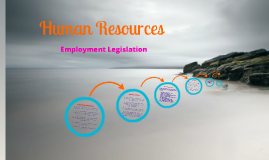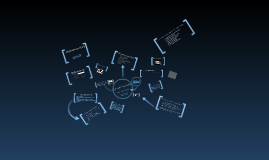Human Resources
Transcript: -From a 2010 estimate the size of this industry is about 71,600 jobs and is said to grow at a rate of 16% in the next 10 years as opposed to the normal rate of 14%. Changes in Technology Resources Impact of Great Recession (2008) Changes for HRM -Applicants must be passionate about their job, dedicated, and enjoy coming to work on a daily basis Beating the odds -An individual who has a minimum of a bachelor's degree, especially in a field such as hospitality management, and who is a certified meeting planner is preferred. * Not detrimental *Lower entry level salaries *Internships and Experience absolutely necessary to get a job. Stable for now, but salaries change on location In 2009, four top paying states for meeting and convention planners were Connecticut, NY, Illinois and Washington, D.C. Median salaries exceeded $50,000 in 2009 Resumes should be short concise -One page Education -Bachelor’s or higher Experience -3 to 5 years of related experience -Management -Leadership HRM in this industry Accumulation of experience can translate in salary increases over time. April 2011, middle half of event coordinators with less than one year of experience made between $25,536 and $33,197. Three years of experience as an event coordinator, you can take the Convention Industry Council's exam to become a Certified Meeting Professional, which may allow you to justify a higher salary or fee As predicted for 2010-2020, it has displayed a 44% job growth rate in industry. The job itself also benefits the employee for it offers a good role for those who like to work independently or want self-employment, and it offers opportunities to travel to exotic locations. Need to be willing to work irregular hours Employers may require several years of experience to allow people to take the positions (shows industry is becoming more prestigious * internal labor markets: hired to an entry level and higher levels are filled from within *Internships create exposure within the industry *Entry level positions are filled by either word or mouth or advertisements *typically look for college degrees *Experience in event planning, conference management, and/or hospitality are also preferred by recruiters Job Functions A sincere approach should be directed at the intelligence of the reader. Point of reference Display an appropriately described ambition to grow and develop A desire to integrate oneself in the mold of the organization Irreproachable use of language - Always changes in technology no matter what industry you are dealing with -Same as every industry - Cell phones are used for apps. This apps with agenda, itinerary, maps, and more -Social media - Changes come when technology changes and upgrades the company must change * Event Planning is a self-explanatory industry that combines sales, marketing, service and logistics. Event Planning is as vast and varied as the clients it provides service to. -From the Olympics to Brunch -“Never have the same job twice” * The industry has often been placed in the top tier of best jobs in 2012 Next year: "In a recent report on career opportunities, U.S. News and World Report ranked Event Planning in the Top 50 careers across all professions." - bls.gov Next Five years: The job prospects constantly change with the economy. The event planning industry is one that can prove to be very expensive. If customers cannot afford the expense of a party or event, this industry becomes less successful. - Changes in HRM include adapting to all changes -Adapting to technology changes - Adapting to plans that changed - Adapting to cancellations of venues Cover Letters Job Specifications In the event planning industry, individuals must be conscious about the legal aspects that must be covered in order to safely and legally run an event such as: - Contracts and Insurance - Zoning - Liquor Licenses - Handling volunteers and Union workers They also must make sure that each staff member is being treated appropriately by both the rest of the staff and customers Job Prospects Education Selection HRM meet demand Special Events Manager or Coordinator - Applicants must possess organizational ability, pay attention to detail,accept criticism,possess good communication skills, be creative, and have a keen ability for decision making Entry Level Pay Recruiting Resumes Industry - Varies in different companies - Bachelors degree in marketing, hospitality management, public relations, communications or Business administration at the least - Experience by assisting a special events manager or coordinator - Experience in event planning or conference management - Experience in hospitality and fundraising -Can be part of professional organizations such as Professional Convention Management Association - Can become certified in some areas through Convention Industry Council, the Society of Government Meeting Professionals, and Meeting Professional International. There are so many individuals in this field that it is becoming





